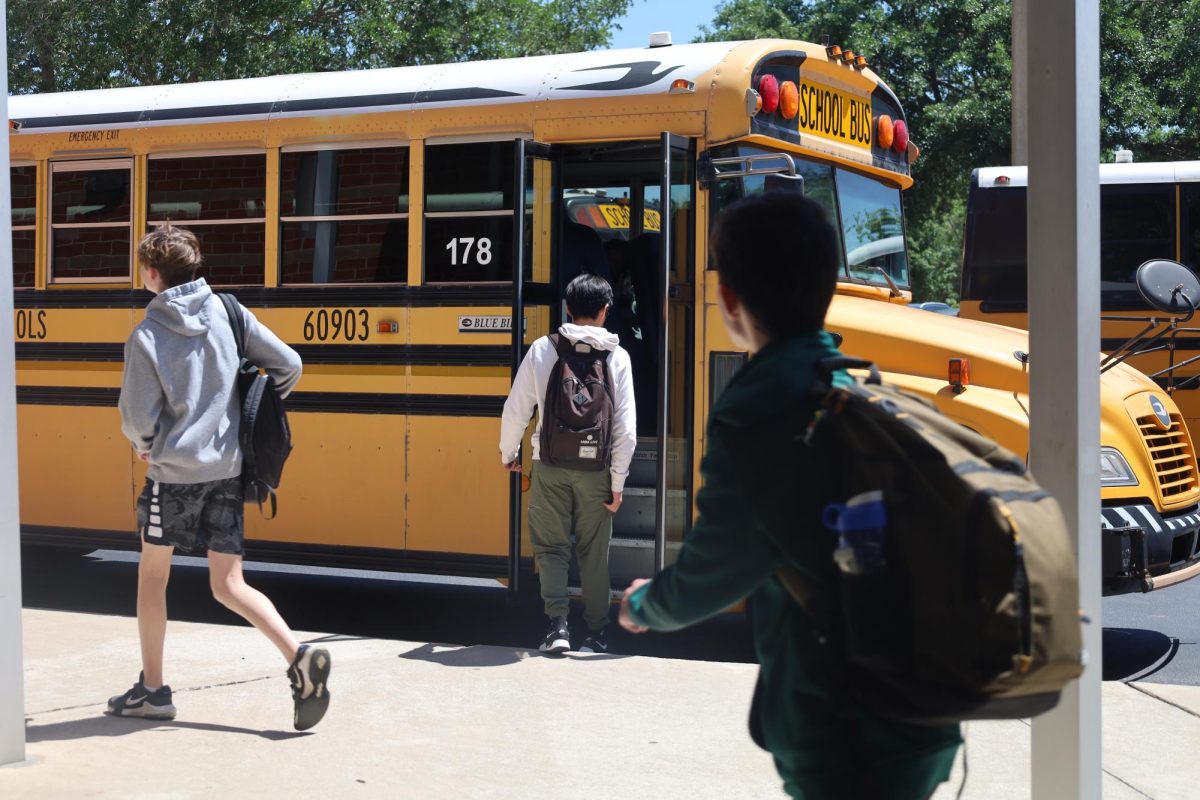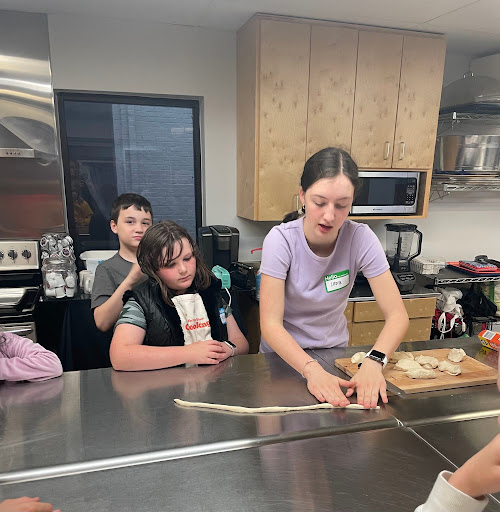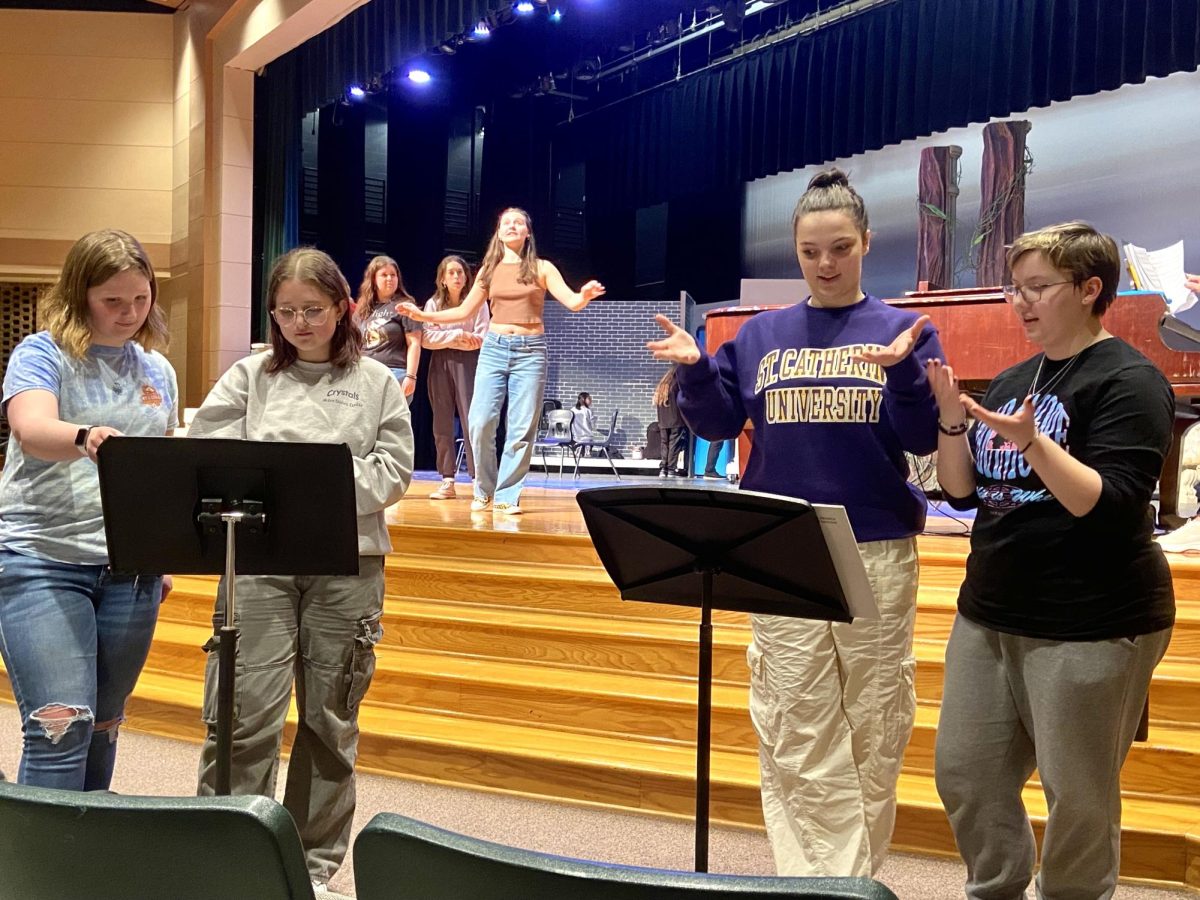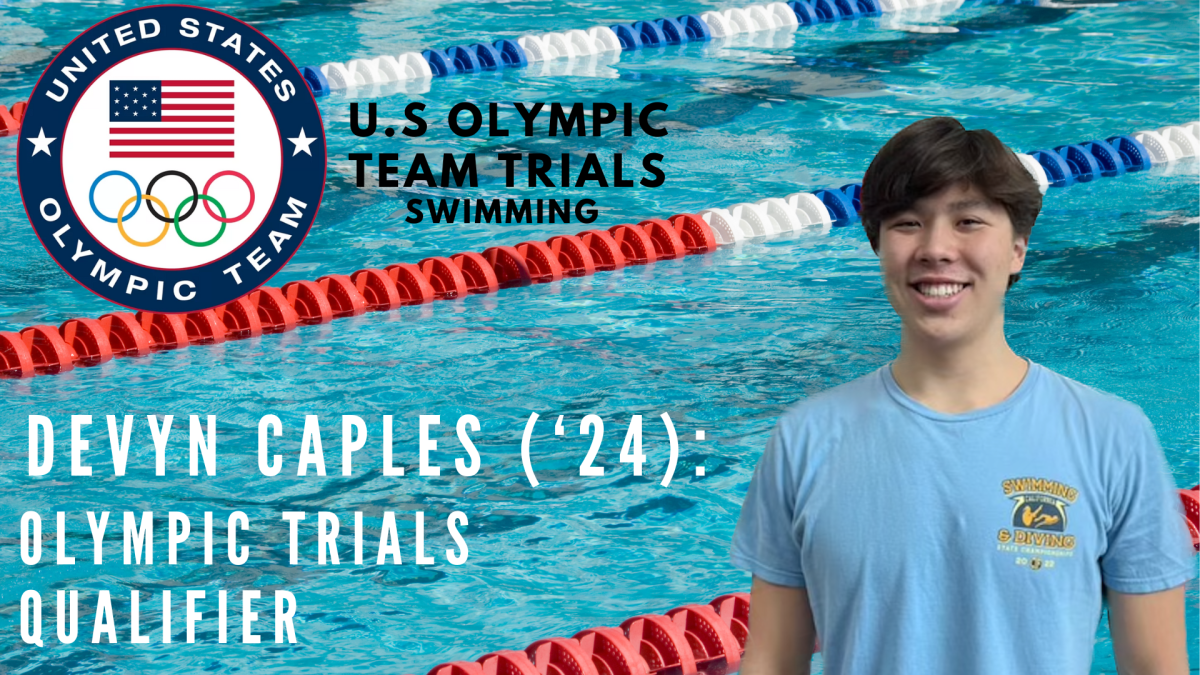Fulton Leroy Washington, also known as Mr. Wash, is a self-taught artist who began his career in jail while serving a wrongful life conviction. The first subjects he depicted in his work were his fellow inmates, and he often captured their emotions and vulnerabilities through his photorealistic oil paintings. After 21 years of incarceration, President Obama commuted Washington’s sentence and granted him clemency.
The Eastern Star Gallery held its first art opening of the year Oct. 4, where they hosted a Q&A with Washington and showcased 11 of his limited-edition paintings he created during his incarceration. The show, “INCAPTIVITY,” will remain in the gallery until Nov. 17. All pieces — as well as merchandise — are for sale. The proceeds go to Help Us Help Wash 501c3, Washington’s nonprofit, to help finance the Art By Wash studio art building in Compton, California.
Washington’s career has flourished since his release from prison: his art has been exhibited in museums across the U.S., obtained by national and international collectors and received the Mohn Award for Public Recognition. This award is given to the artist featured in the Hammer’s biennial “Made in L.A.“ exhibition who receives the most amount of votes by gallery visitors.
Eastern Star Gallery Board member Maddie Lundberg (‘24) interned for Washington this past summer, helping him with logistical details — such as updating his resume and digitalizing his business cards — while he worked on his bigger projects.
“Originally, I saw him on the news, and I just really loved his work. I felt like his story was really inspiring, so I took the initiative and emailed him to connect and bring him to Archer,” Lundberg said. “Once I mentioned the idea to Ms. Kremin and Ms. Alford, they were super on board, and that’s how everything started. From there, I connected with him a bunch, and I met him over the summer.”
Washington was very involved in the show’s preparation process, continuously offering feedback and visiting Archer a week before the opening to talk to the board and provide a layout plan for the paintings, according to Lundberg. Eastern Star Gallery Board member Anika Rodriguez (‘25) worked on the gallery’s installation and said she appreciates the detail and technique in Washington’s artwork.
Being a self-taught artist gives me the freedom that I’m not in nobody’s box. I do exactly whatever I feel, and I’m able to take in whatever thoughts, images or emotions that I have, so when I pick the brush up, there really is more emotion.”
— Artist Fulton Leroy Washington
“I admire all the storytelling in his work — it shows a lot of history and culture,” Rodriguez said. “His art inspires a lot of connection because a lot of it is very personal to him.”
During the Q&A, Washington described his artistic process as a reflection of his surroundings. He said he finds inspiration and subjects for his paintings in his environment, and if an occurrence reaches him spiritually, he captures it in painting.
“Since I’ve been home, it’s a whole different world. This world out here is crazy, and I can feel the influence of that environment coming [into my art],” Washington said. “When I do a piece with another person, we have a conversation to find out what’s going on in their head. They might be saying one thing, but I might be feeling something else, and I’ll take that feeling into the paint.”
In an interview with WePresent, Washington said he was able to earn the respect of inmates and guards alike through painting. He described art as a “neutral zone” in prisons’ politics and “a way to express the human emotions that both I and the other inmates were feeling.”
“Art can convey certain things that we can’t explain ourselves,” Lundberg said. “I think him being able to do that for other people when they can’t do that for themselves is really powerful.”
Lundberg and Rodriguez agreed that the Archer community can be inspired by the way Washington remained dedicated to helping his community during hardship and is passionate about perfecting his craft.
“Being incarcerated, he originally did not have a lot of materials, supplies or even time to work on his artwork. I think that patience, time and effort is really important in anything we do, whether that’s art or playing a sport,” Lundberg said. “His story highlights how a lack of resources isn’t going to define our ability to do something.”
Washington said, as a self-taught artist, he has been able to explore his thoughts and feelings in his works without any instruction.
“Being a self-taught artist gives me the freedom that I’m not in nobody’s box. I do exactly whatever I feel, and I’m able to take in whatever thoughts, images or emotions that I have, so when I pick the brush up, there really is more emotion,” Washington said. “I think that’s really important as you start to learn techniques, to always use and let whatever’s inside you come out. Do it your way.”
This story was originally published on The Oracle on October 27, 2023.






![It was definitely out of my comfort zone to get [the dress] and decide I loved it enough not to wait and risk not having something that memorable.](https://bestofsno.com/wp-content/uploads/2024/04/Precious_20180902_JRS_00008_ed1.jpg)


![Sophomore Sahasra Mandalapu practices bharatanatyam choreography in class. These new dances will be performed in an annual show in February. Mandalapu found that practicing in class helped her overcome stage fright during her performances. “When [I] get on stage, Im nervous Im going to forget, even though Ive done it for so long,” Mandalapu said. “Theres still that little bit of stage fright [when] I second-guess myself that I dont know it enough, but I do because Ive been practicing for a whole year.”](https://bestofsno.com/wp-content/uploads/2024/05/Sahasra-6-Large-1200x844.jpeg)

![In their full runway outfits, (from left) Audrey Lee 25, Olivia Lucy Teets, 25, Fashion Design teacher Ms. Judy Chance, and Xueying Lili Yang pose for a photo. All three girls made it to Austin Fashion Week by getting in the top 10 in a previous runway show held by Shop LC.
[I like my students] creativity and how they can look at a fabric and make it their own, Ms. Chance said.](https://bestofsno.com/wp-content/uploads/2024/04/IMG_9686-e1714088765730-1129x1200.jpeg)














![IN THE SPOTLIGHT: Junior Zalie Mann performs “I Love to Cry at Weddings,” an ensemble piece from the fall musical Sweet Charity, to prospective students during the Fine Arts Showcase on Wednesday, Nov. 8. The showcase is a compilation of performances and demonstrations from each fine arts strand offered at McCallum. This show is put on so that prospective students can see if they are interested in joining an academy or major.
Sweet Charity originally ran the weekends of Sept. 28 and Oct. 8, but made a comeback for the Fine Arts Showcase.
“[Being at the front in the spotlight] is my favorite part of the whole dance, so I was super happy to be on stage performing and smiling at the audience,” Mann said.
Mann performed in both the musical theatre performance and dance excerpt “Ethereal,” a contemporary piece choreographed by the new dance director Terrance Carson, in the showcase. With also being a dance ambassador, Mann got to talk about what MAC dance is, her experience and answer any questions the aspiring arts majors and their parents may have.
Caption by Maya Tackett.](https://bestofsno.com/wp-content/uploads/2024/02/53321803427_47cd17fe70_o-1-1200x800.jpg)
![SPREADING THE JOY: Sophomore Chim Becker poses with sophomores Cozbi Sims and Lou Davidson while manning a table at the Hispanic Heritage treat day during lunch of Sept 28. Becker is a part of the students of color alliance, who put together the activity to raise money for their club.
“It [the stand] was really fun because McCallum has a lot of latino kids,” Becker said. “And I think it was nice that I could share the stuff that I usually just have at home with people who have never tried it before.”
Becker recognizes the importance of celebrating Hispanic heritage at Mac.
“I think its important to celebrate,” Becker said. “Because our culture is awesome and super cool, and everybody should be able to learn about other cultures of the world.”
Caption by JoJo Barnard.](https://bestofsno.com/wp-content/uploads/2024/01/53221601352_4127a81c41_o-1200x675.jpg)





